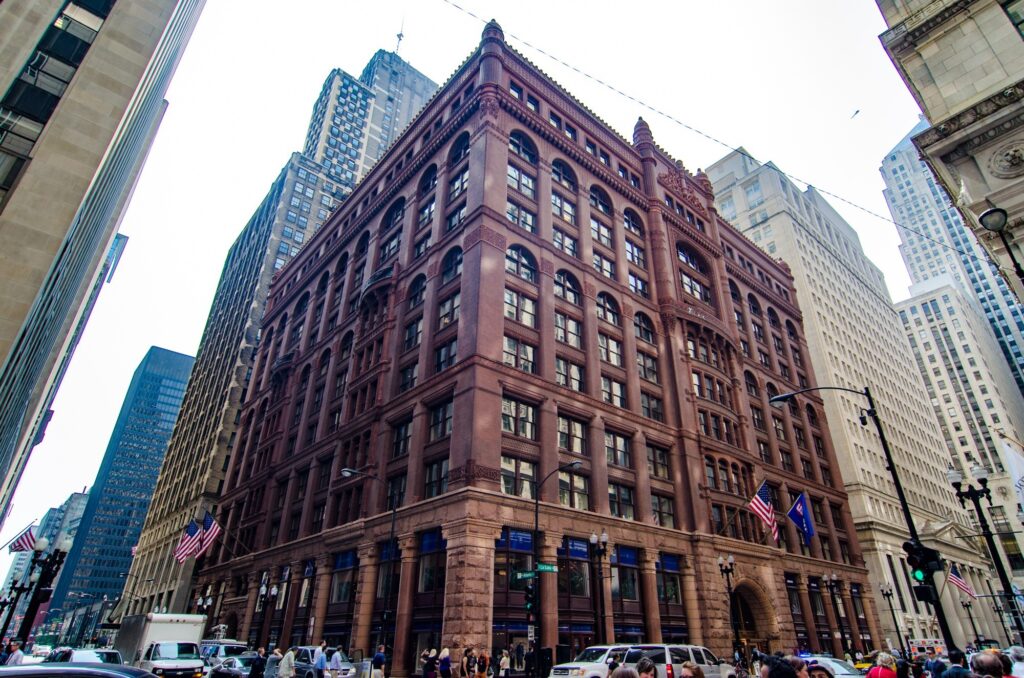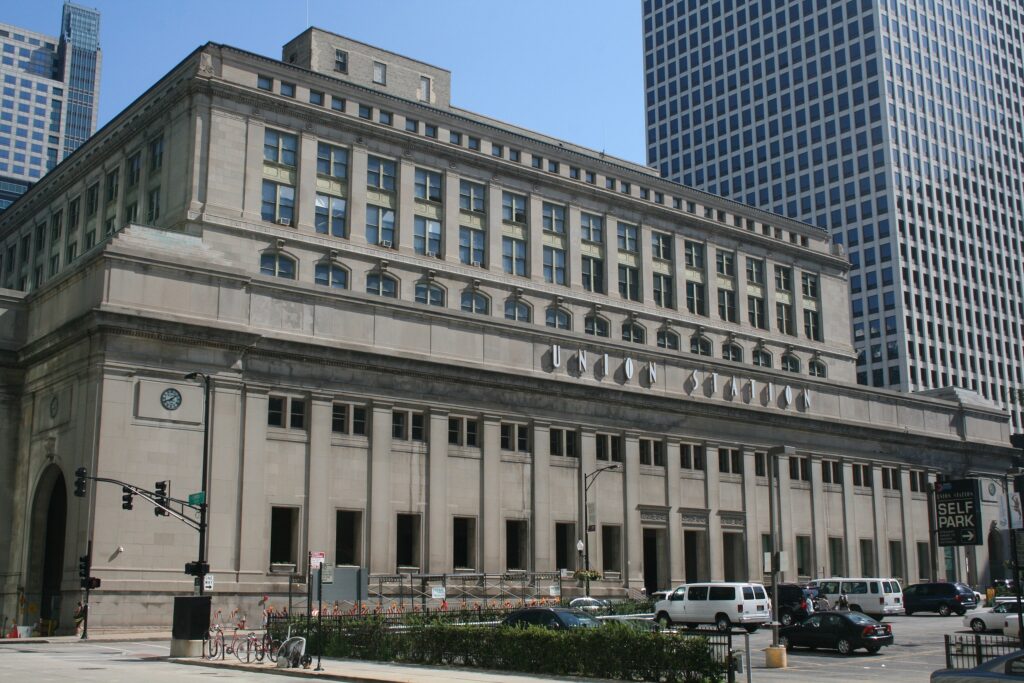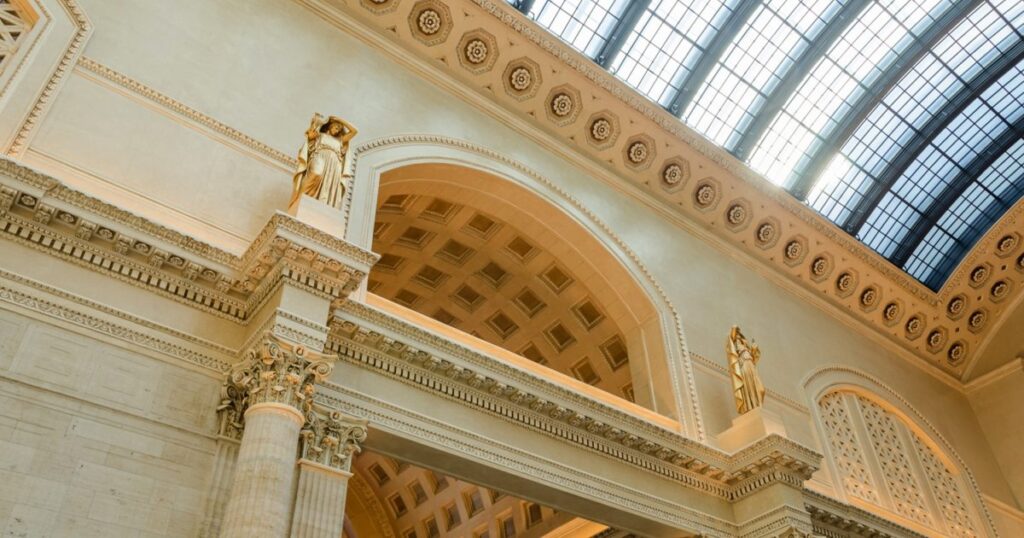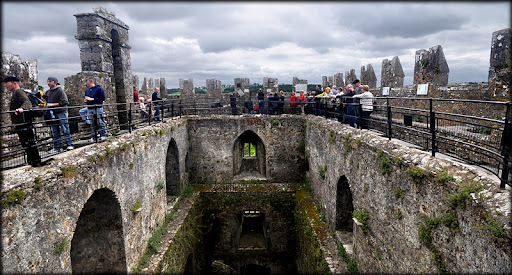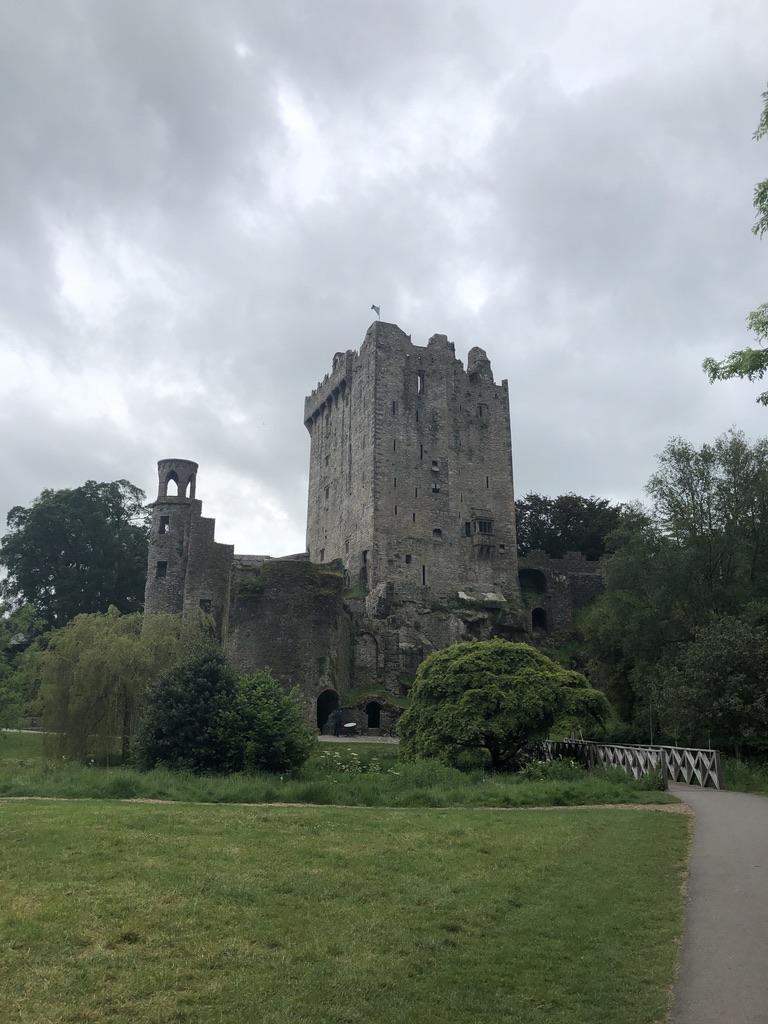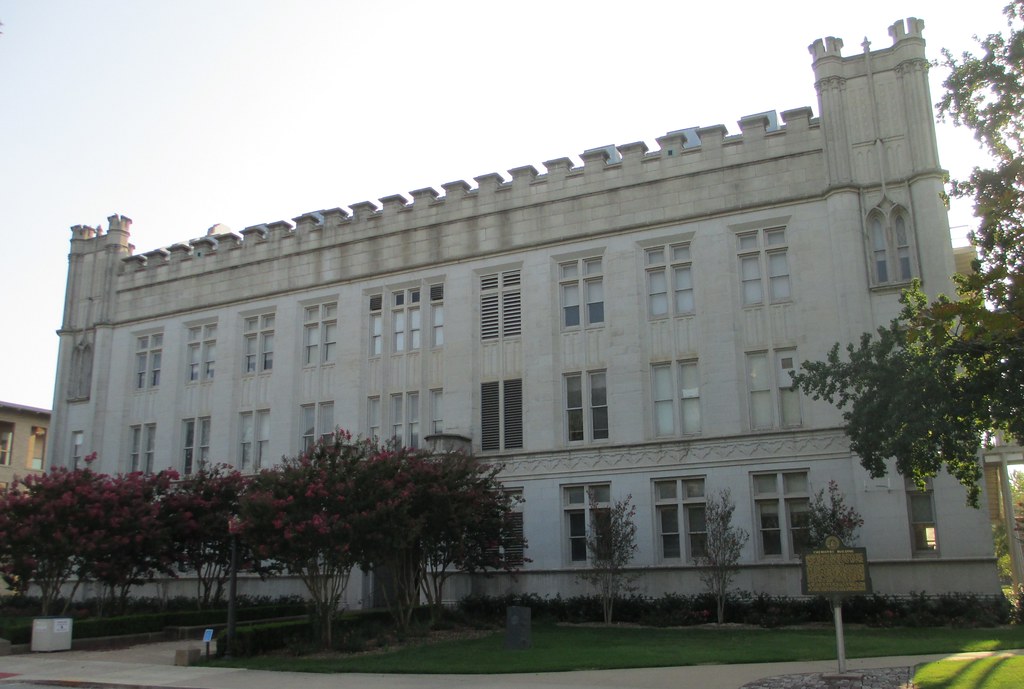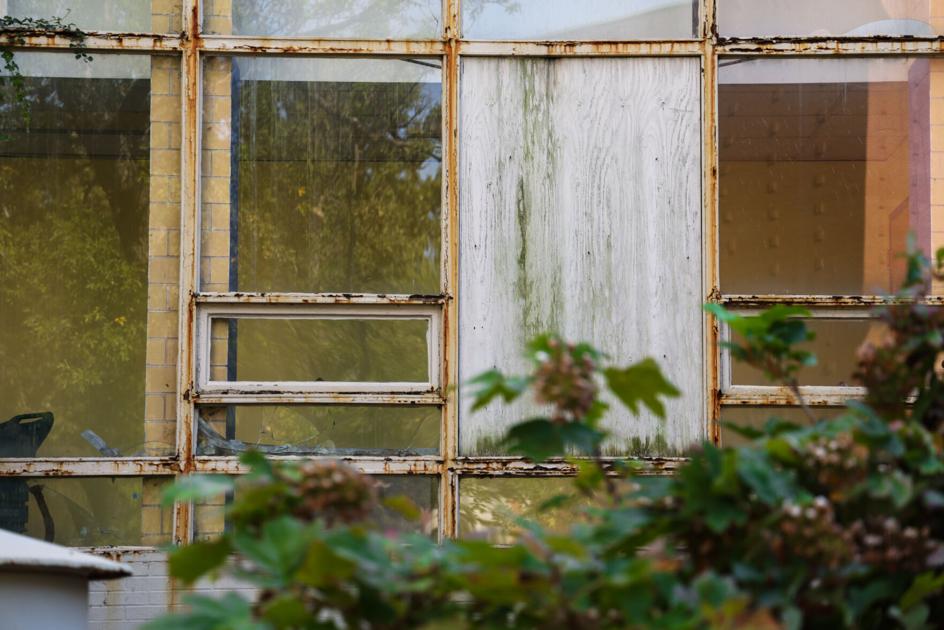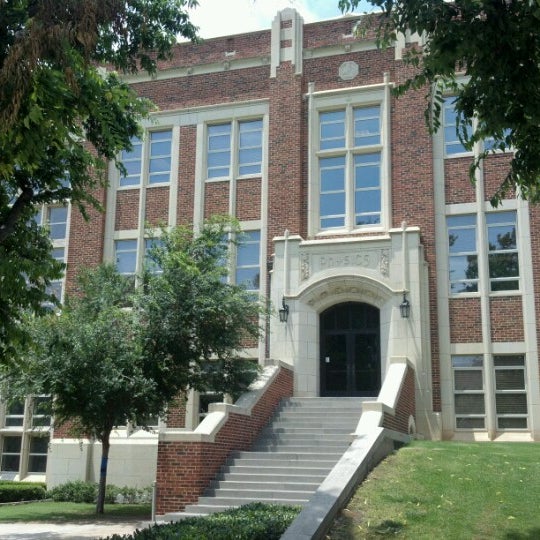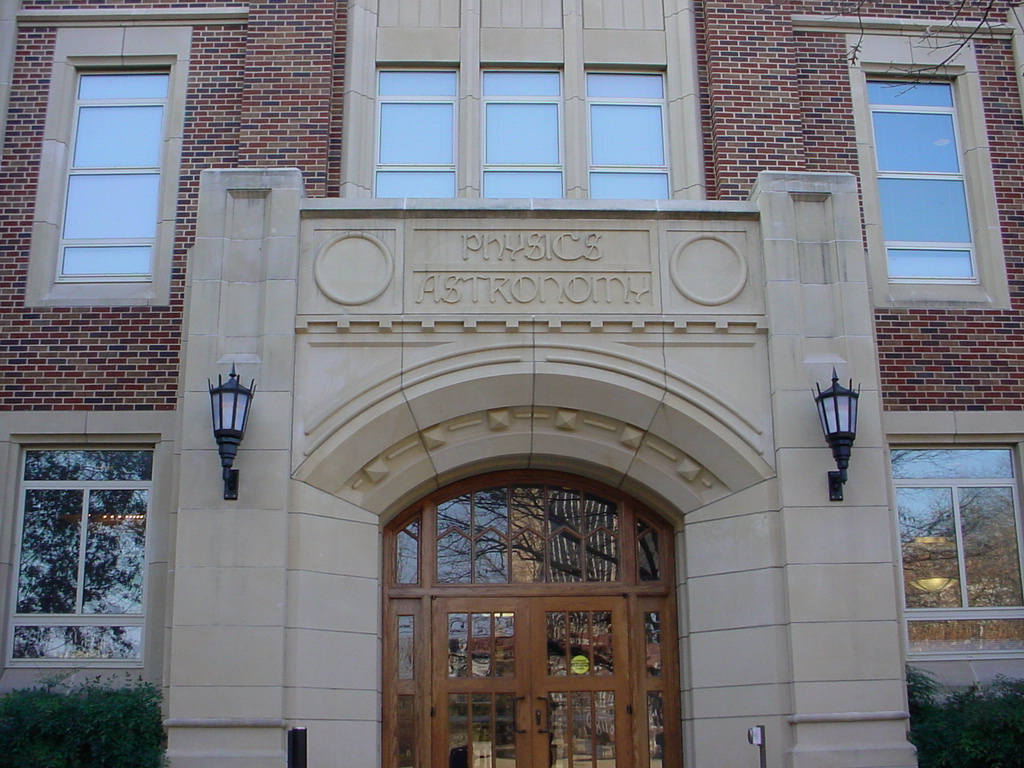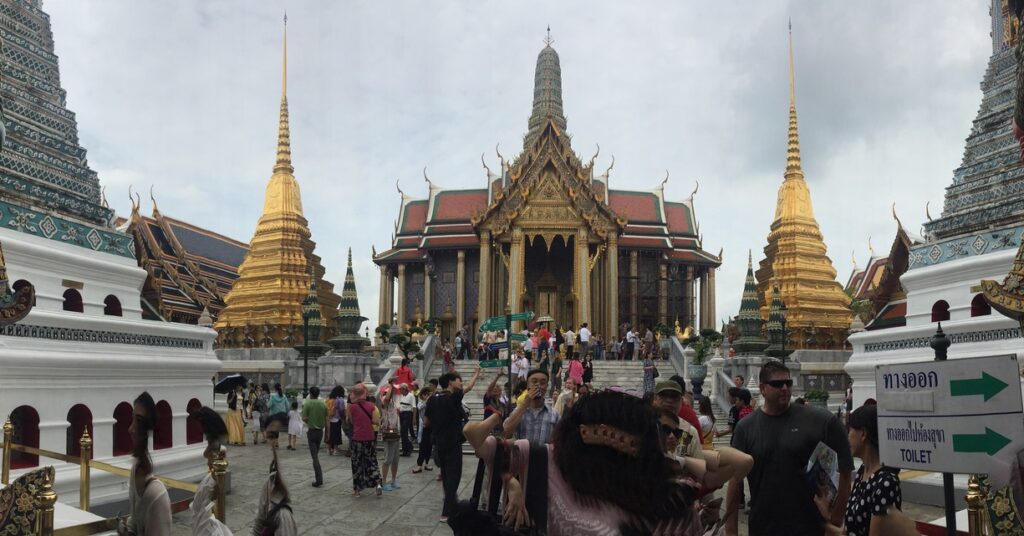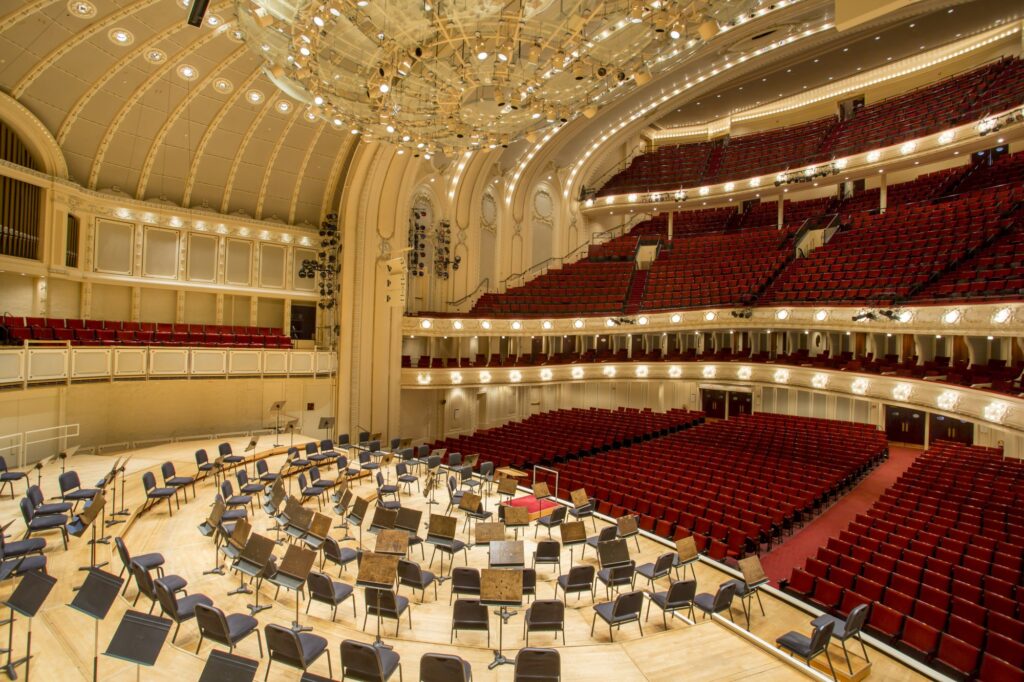
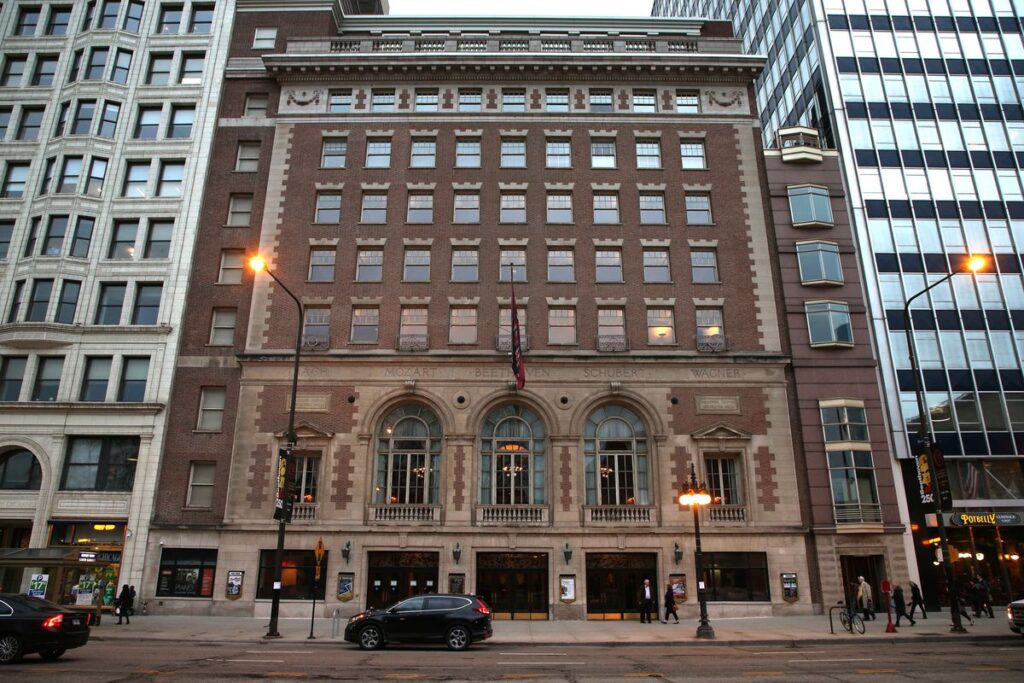
The Symphony Center is located on South Michigan Avenue in Chicago, IL, and is home to the Chicago Symphony Orchestra, Chicago Symphony Chorus, Civic Orchestra of Chicago, and the Institute for Learning, Access, and Training. Construction began in May of 1904 under architect Daniel Burnham, and held its first concert in December of 1904. The Symphony Center features the original 2,522 seat Orchestra Hall, a rehearsal and performance space known as Buntrock Hall, an event space overlooking the Art Institute of Chicago known as Grainger Ballroom, Opus Restaurant and café, as well as many other spaces. The Orchestra Hall underwent a $110 million renovation from 1995 to 1997 to expand and improve the acoustics. The Symphony Center was listed on the National Register of Historic Places in 1978 and was designated as a National Historic Landmark in 1994.
